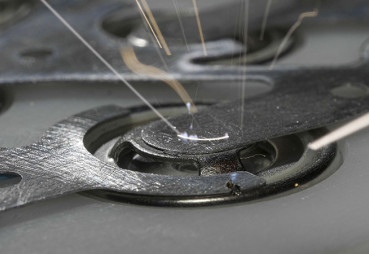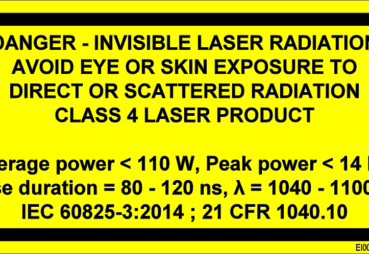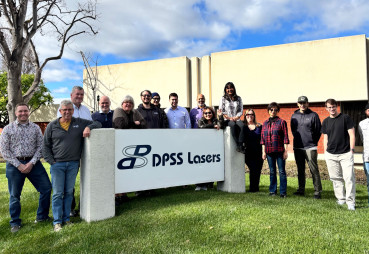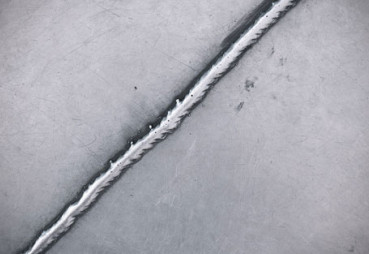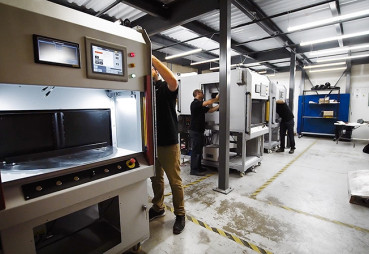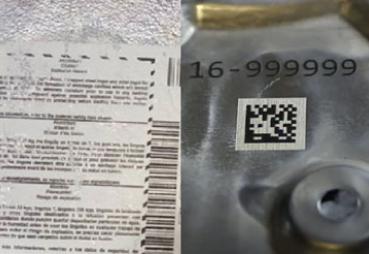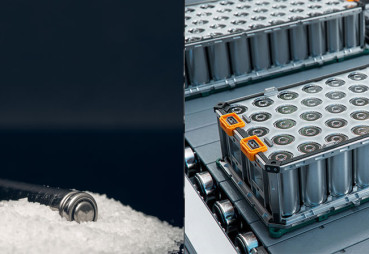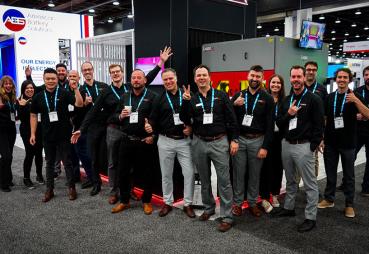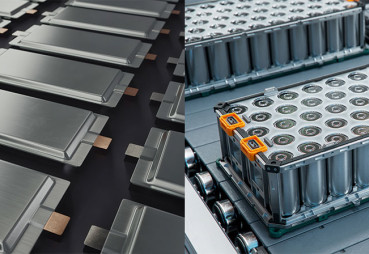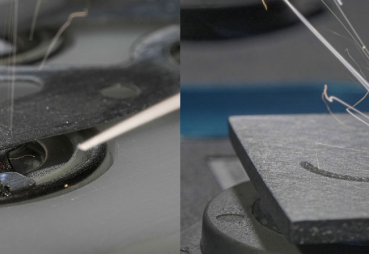Laser Welding Parameters: Guide from an Expert
Laser welding is a highly precise and efficient welding technology used across various industries including automotive, aerospace, and medical manufacturing. It offers deep penetration, high welding speeds, and minimal thermal distortion, making it an ideal choice for applications requiring accuracy, speed and repeatability.
